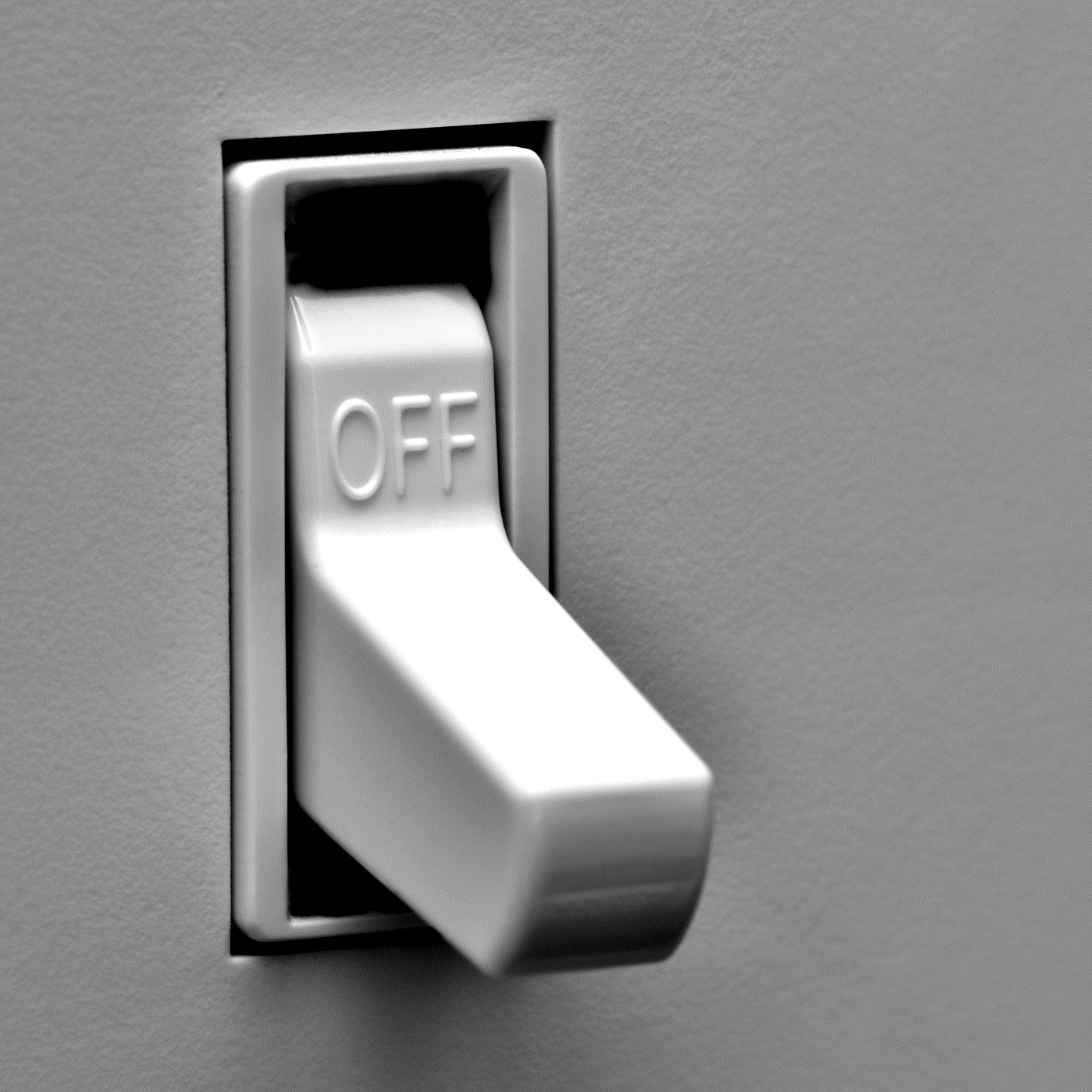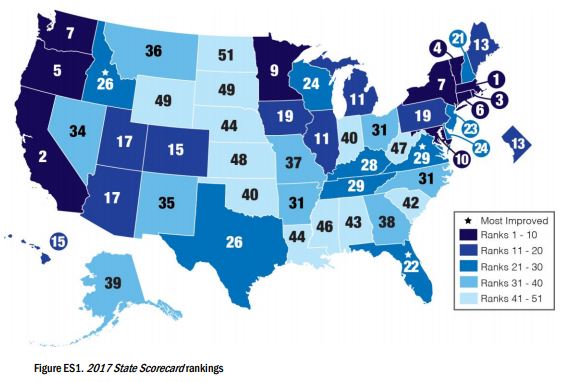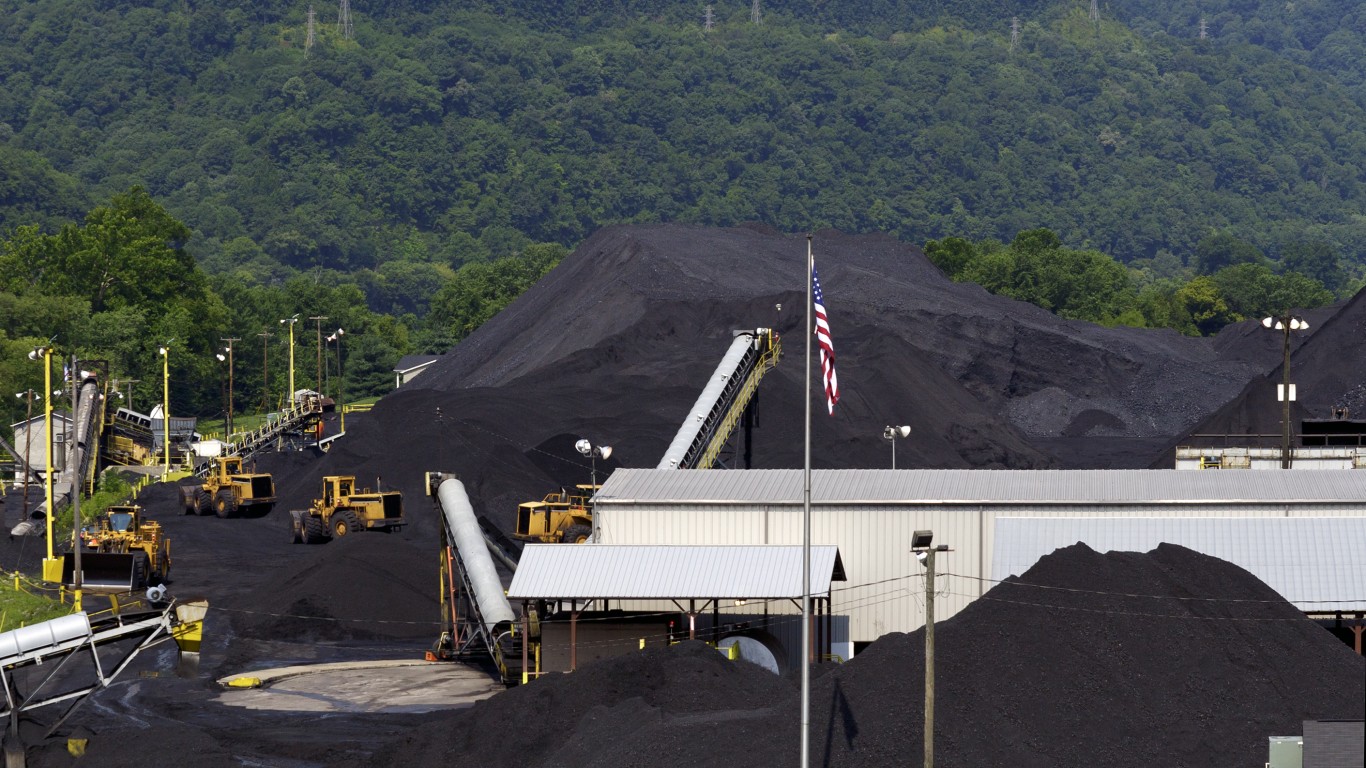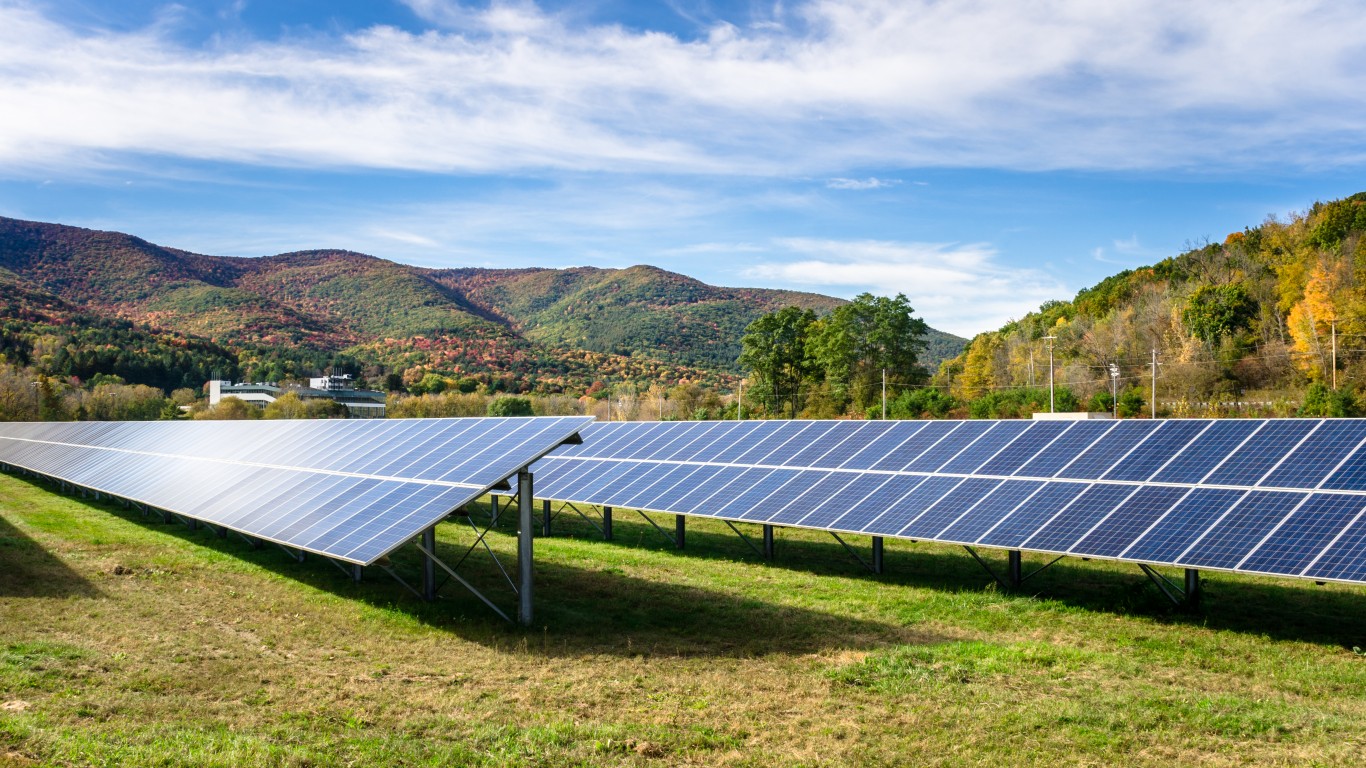
In 2016, U.S. utilities invested about $7.6 billion in energy efficiency programs and saved approximately 25.4 million megawatt-hours (MWh) of electricity. The U.S. Energy Information Administration (EIA) reported that in July of this year, the average cost of a kilowatt-hour in the United States was 13.12 cents, or $131.20 per MWh. That’s a savings of $3.33 billion.
Energy efficiency efforts vary among states, but in 2016 about half the states reported saving more as a result of energy efficiency programs than they did in 2015.
The American Council for an Energy-Efficient Economy (ACEEE) just published its annual “State Energy Efficiency Scorecard” that ranks the 50 states and the District of Columbia in six categories: utility programs, transportation, building energy codes, combined heat and power, state initiatives and appliance standards. Scores are assigned in a range of 1 to 50.
The 10 states with the highest (best) energy efficient scores last year were:
- Massachusetts: 44.5
- California: 42.0
- Rhode Island: 41.5
- Vermont: 39.0
- Oregon: 36.5
- Connecticut: 35.5
- New York: 34.5
- Washington: 34.5
- Minnesota: 33.0
- Maryland: 31.0
In only one state, Maryland, did the cost of a kilowatt hour fall in the period between July 2016 and July 2017.
The 10 states with the lowest energy efficiency scores were:
- North Dakota: 3.5
- Wyoming: 5.0
- South Dakota: 5.0
- Kansas: 6.0
- West Virginia: 6.5
- Mississippi: 7.5
- Nebraska: 8.5
- Louisiana: 8.5
- Alabama: 9.0
- South Carolina: 9.5
Only Nebraska showed a year-over-year decline in the price of a kilowatt-hour.
Here’s a map with scores for all 50 states and D.C.

The full ACEEE 2017 Scorecard is available at the organization’s website.
Want to Retire Early? Start Here (Sponsor)
Want retirement to come a few years earlier than you’d planned? Or are you ready to retire now, but want an extra set of eyes on your finances?
Now you can speak with up to 3 financial experts in your area for FREE. By simply clicking here you can begin to match with financial professionals who can help you build your plan to retire early. And the best part? The first conversation with them is free.
Click here to match with up to 3 financial pros who would be excited to help you make financial decisions.
Have questions about retirement or personal finance? Email us at [email protected]!
By emailing your questions to 24/7 Wall St., you agree to have them published anonymously on a673b.bigscoots-temp.com.
By submitting your story, you understand and agree that we may use your story, or versions of it, in all media and platforms, including via third parties.
Thank you for reading! Have some feedback for us?
Contact the 24/7 Wall St. editorial team.
 24/7 Wall St.
24/7 Wall St.


